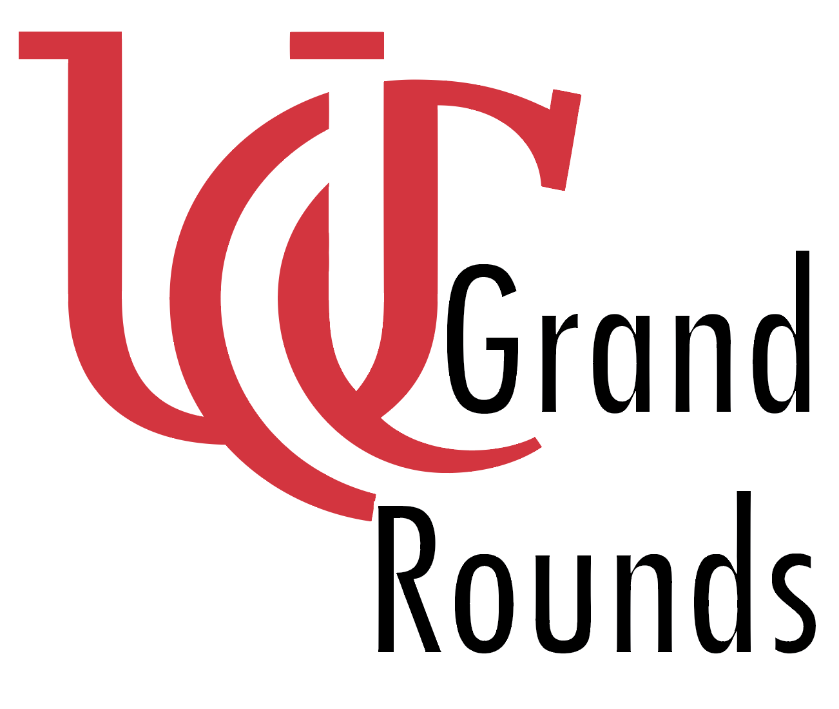Grand Rounds Recap 1.17.18
/This week's Grand Rounds started out with another installment of our leadership curriculum led by Dr. Stettler, where we discussed how to identify and manage finance in leadership. This was then followed by Dr. Makinen's small group session on thyroid diagnostics in the ED. Drs. Gauger and Loftus then went head-to-head on a case of syncope, found to have a massive PE. Dr. Miller then gave a great summary of current thoughts and future approaches to sepsis, followed by Dr. Murphy discussing post-ENT procedure bleeds in the ED. Dr. Curry then finished off the conference with his "Mastering Minor Care" segment on epistaxis.
Read More







